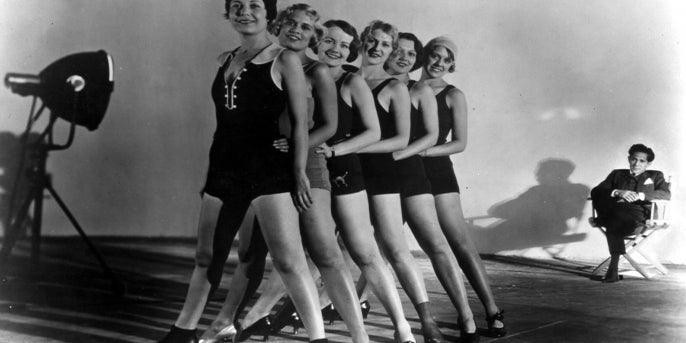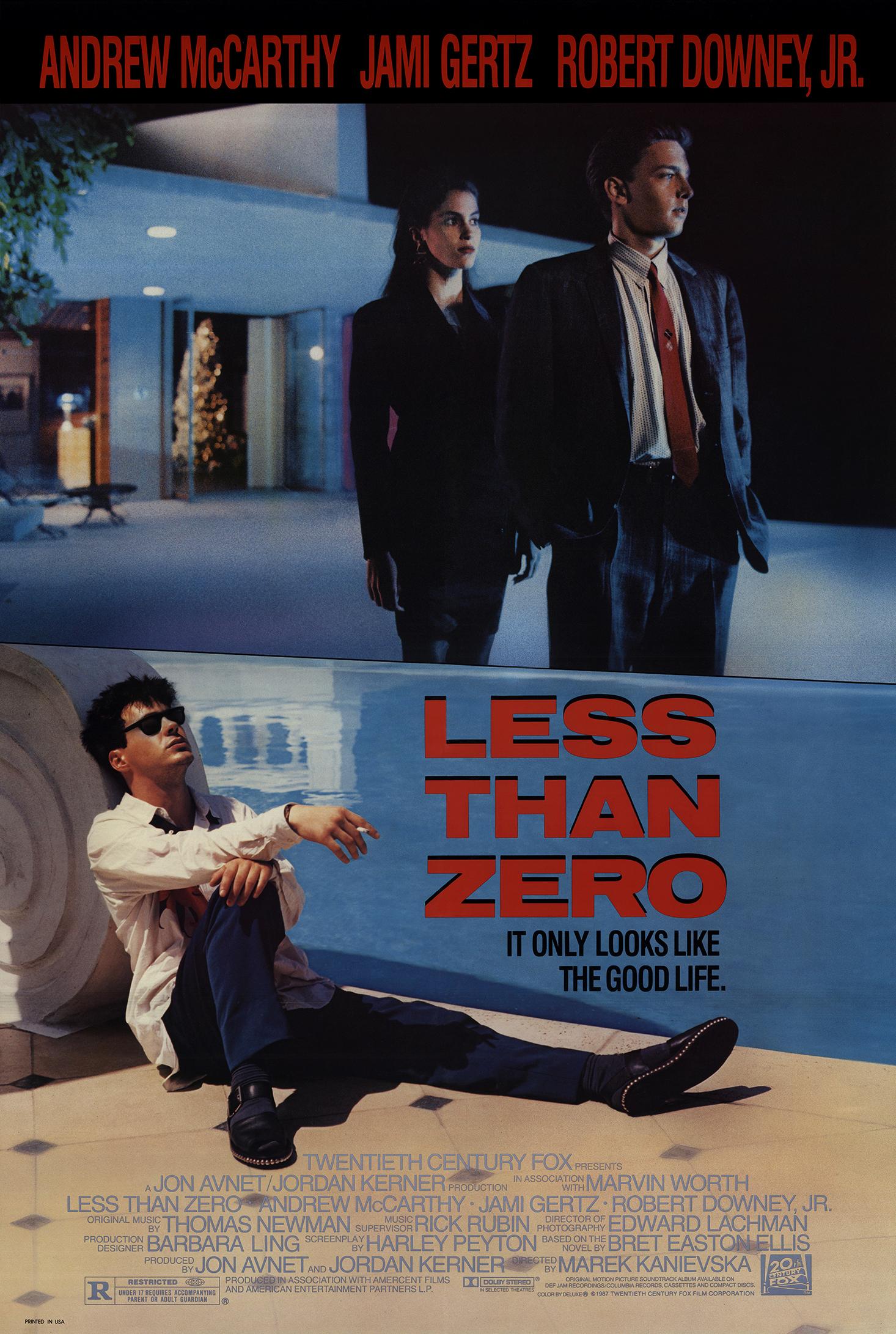In the year 1937, MGM held a grand sales convention that left a lasting mark.
The event boasted celebrity encounters, musical performances, and an impressive display with motorcycle escorts.
Amidst all the glamour, there was a lavish party on May 5, 1937, featuring notable stars like Laurel and Hardy and free-flowing drinks.
However, for Patricia Douglas, a talented dancer and aspiring actress, this gathering turned into a nightmare she desperately wanted to erase from memory.
She was among the 120 young women led to believe they were attending a film shoot that fateful night.
Trapped in the event, Douglas fell victim to a drunken salesman who not only coerced her into drinking alcohol but also subjected her to a horrifying assault.
The extravagant parties like the one Douglas attended were just a fragment of a larger culture of exploitation prevalent in Hollywood’s Golden Age.
These so-called “stag parties,” organized by and for influential men in the industry, posed significant risks for young women.
Director Sam Wood even cautioned starlet Pauline Wagner against attending such events, highlighting the dangers lurking beneath the glitz and glamour.
For many women, receiving an invitation to these exclusive gatherings was seen as a form of flattery or a potential career opportunity.
However, the reality often involved being objectified or coerced into compromising situations.
Women without protective contracts, such as extras, were especially vulnerable and sometimes treated as commodities by those in power.
The male-centric nature of these gatherings meant that dancers, extras, and starlets were frequent attendees, expected to provide entertainment and companionship.
The permissiveness surrounding these events, as witnessed during the convention where Douglas was assaulted, stemmed from the belief that men could act without repercussions while away from home.
During that era, Hollywood studios wielded immense control over their employees’ lives, dictating everything from personal relationships to professional decisions.
Studios like MGM operated like totalitarian regimes, enforcing loyalty and preserving their pristine image through censorship and manipulation of stories.
Within this system, women occupied a subordinate position, constantly subjected to advances, assaults, and objectification.
The pervasive notion of the “casting couch” and the expectation for women to comply with the desires of powerful men further perpetuated a toxic environment of exploitation.
Instances of abuse and misconduct were not uncommon, with actresses like Janis Paige and Judy Garland sharing harrowing experiences of harassment and assault.
Even prominent figures like Clark Gable were implicated in disturbing incidents, underscoring the prevalence of predatory behavior within the industry.
The lack of institutional support for victims meant that many suffered in silence, forced to navigate traumatic experiences without recourse.
Patricia Douglas’s courageous decision to pursue legal action against her assailant was met with resistance, culminating in a smear campaign that derailed her quest for justice.
Filmmaker David Stenn, who delved into Douglas’s story and that of other women, highlighted a pervasive sense of vulnerability and exploitation experienced by aspiring actresses during that era.
The interviews he conducted revealed a shared sentiment of being “hunted,” capturing the profound impact of systemic abuse on women in Classic Hollywood.
Despite efforts to conceal and distort narratives through a practice known as “fixing,” the full extent of the harm inflicted upon women seeking stardom in Hollywood’s Golden Age remains shrouded in secrecy.
The legacy of exploitation and manipulation endured by these women serves as a stark reminder of the dark underbelly of the glamorous industry.



